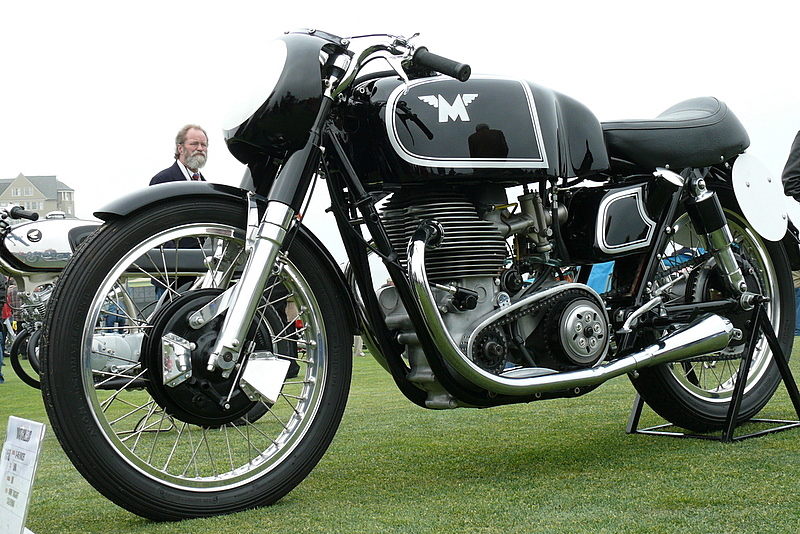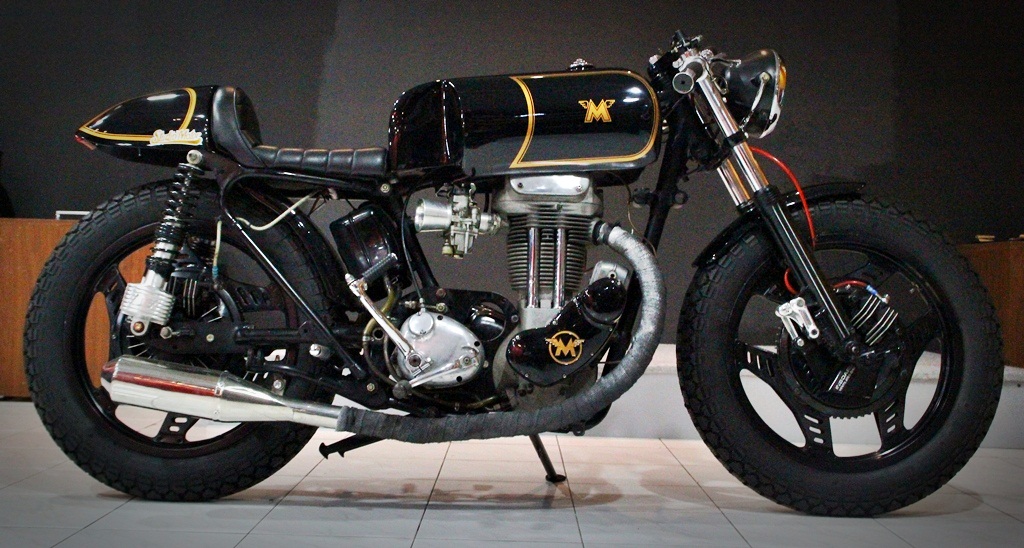Light frames with big horsepower engines were the 2 main ingredients when reaching for the almighty ton (100mph). Companies such as BSA, Norton and Triumph were producing bikes that had true high-speed potential with engines outputting up to 45 horsepower but their appearance certainly wouldn’t suit the Cafe Racer’s Rock n Roll style.
By teaming a Triumph engine with a Norton lightweight frame racers developed a nimble bike with excellent road-holding performance and plenty of power to boot. These bikes were affectionately named Tritons. Other bikes started to emerge using similar build techniques and were given names that reflected the racer lifestyle. Motorcycles such as the following started to emerge on the scene:
–The Bonneville – Triumph has recently re-released this bike with a distinct Cafe Racer influenced look
Commandos – Nortons almighty 850cc Commando. Touch looks and true Ton potential
Gold Star – BSA produced these bikes as part of an attempt to retain their market strength against Japanese and European manufacturers.
Black Shadow – 150 mph V Twin engine, hand-built motorcycle produced by Vincent. Engines from these bikes coupled with the Norton featherbed frame produced a bike referred to as a Norvin.
Racers would then add accessories like racings carburettors, custom head light and tail light conversions, Chrome sports/hi flow exhausts, polished alloy fuel tanks and ace style handlebars all of which contributed to the individual appearance of each racers ride. Each bike was unique and would reflect it’s owners riding style and personal taste.
Cafe Racers were some of the first customised bikes to hit the streets and have influenced many bike cultures that exist today like Choppers and Streetfighters. With the introduction of Japanese bikes to the market a whole new range of options became available to racers. Japanese manufacturers started to produce models that leant towards the cafe style of bike some of which are still produced (and modified) today.



